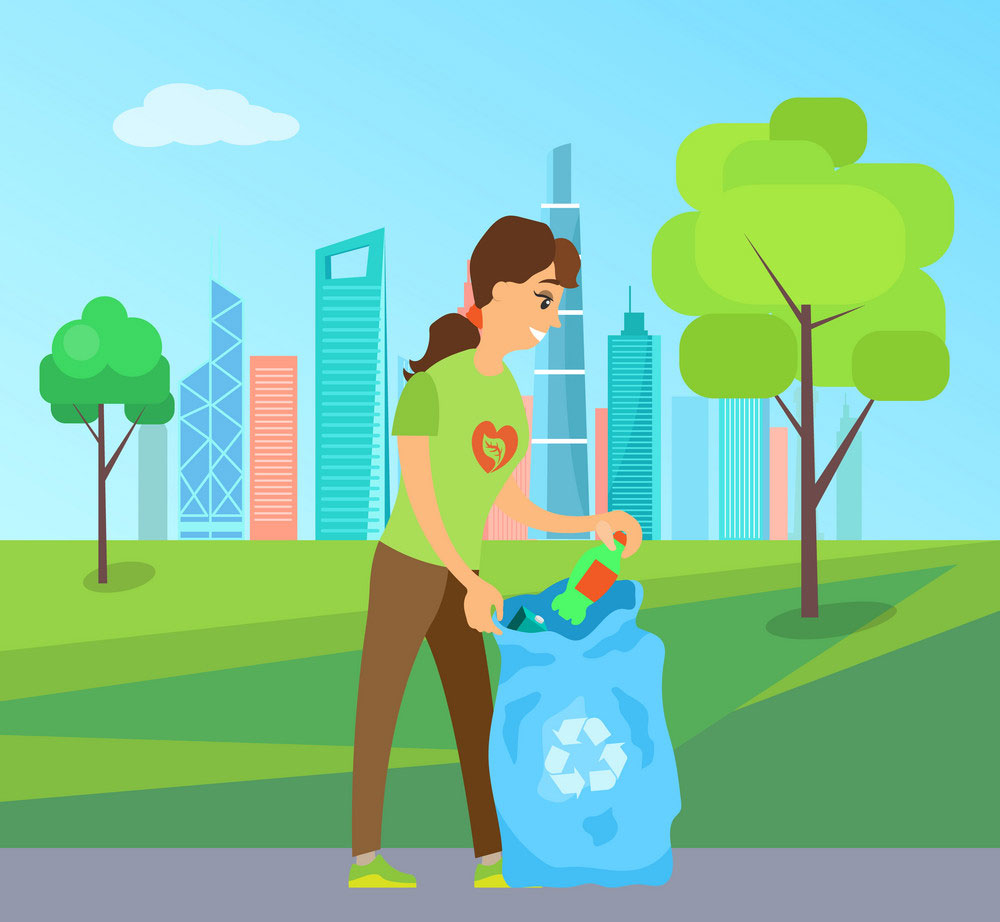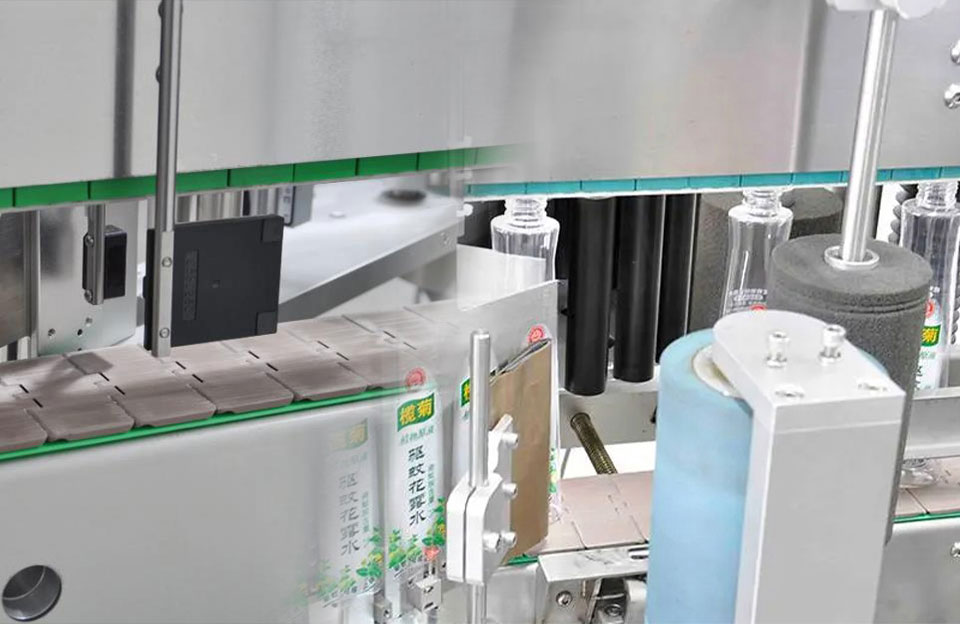Our planet has finite resources, many of which are depleted at unsustainable rates. Practices such as deforestation, overfishing, excessive consumption of fossil fuels, and pollution place enormous pressure on ecosystems and biodiversity. Emphasizing environmental sustainability means using resources wisely, reducing waste and pollution, protecting biodiversity, and mitigating climate change. By taking effective measures of reducing impact of packaging materials on environment, we can ensure the well-being of future generations and maintain the delicate balance that sustains life on Earth.
The Importance of Environmental Sustainability

- Protect the Planet: Our planet’s ecosystems are intricately connected, and disrupting one ecosystem can have knock-on effects on others. By practicing sustainable development, we can protect natural resources, biodiversity, and the planet’s overall health.
- Climate Change Mitigation: Unsustainable practices, especially the burning of fossil fuels, have a significant impact on climate change. Embracing sustainable development can help reduce greenhouse gas emissions, slow global warming and mitigate its adverse effects.
- Ensuring Resource Availability: As the global population continues to grow, ensuring the availability of basic resources such as clean water, food, and energy becomes critical. Sustainable practices help manage resources responsibly, ensuring they are available for future generations.
- Improved Quality of Life: Sustainability can lead to healthier environments, improved air and water quality, and reduced exposure to harmful pollutants, thereby improving public health outcomes and improving the quality of life for people worldwide.
- Promoting Social Equity: Sustainable development considers the needs of marginalized communities, working to reduce inequalities and ensure that everyone has access to basic rights and opportunities.
- Long-Term Economic Stability: A sustainable economy is less vulnerable to shocks and crises because it prioritizes responsible resource management and promotes innovation and efficiency.
- Corporate Responsibility: As consumers and investors demand more environmentally and socially responsible approaches, businesses and organizations increasingly expect sustainable practices.
- Interconnectedness of Global Challenges: Many global challenges, such as poverty, climate change, and biodiversity loss, are interconnected. Addressing these issues through sustainable action can lead to positive feedback loops and more effective solutions.
Effective Measures of Reducing Impact of Packaging Materials on Environment
Taking effective measures of reducing impact of packaging materials on environment is critical.

- Reduce Packaging: One of the most effective ways to reduce your environmental impact is to reduce the amount of packaging you use. Manufacturers should explore how to make their products more compact and efficient, using less material overall.
- Use Sustainable Materials: Choose environmentally friendly and sustainable packaging materials such as biodegradable, compostable, or recyclable. Materials such as cardboard, paper, bioplastics, and plant-based packaging can be better alternatives to traditional plastic and Styrofoam.
- Promote Reusable Packaging: Encourage reusable packaging wherever possible, such as designing packaging that can be returned and refilled or incentivizing customers to bring containers for refilling.
- Use Recyclable Materials: Ensure that packaging materials are recyclable and widely accepted by recycling schemes. Providing clear recycling instructions on packaging can help consumers recycle properly.
- Elimination of Hazardous Substances: Avoid using hazardous chemicals in packaging materials that may harm the environment and human health during their life cycle or disposal.
- Lightweight Design: Packaging is designed to reduce material usage and transport-related emissions.
- Implement life cycle assessment: Conducting a life cycle assessment (LCA) of packaging materials to assess their environmental impact from production to disposal can guide decision-making towards more sustainable options.
- Support Extended Producer Responsibility (EPR): Implementing EPR schemes where producers are responsible for managing the post-consumer phase of their packaging encourages manufacturers to design packaging with recycling and end-of-life issues in mind.
- Encourage Using Biodegradable and Compostable Packaging: Use biodegradable and compostable packaging for products suitable for these disposal methods. Proper composting and waste management infrastructure are critical to the effectiveness of these materials.
- Educate Consumers: Raise consumer awareness of the importance of choosing products with sustainable packaging and proper disposal and recycling methods.
Conclusion
Sustainable development is not just a romantic concept but an ideological one. It is an essential framework for creating a better, more stable world for present and future generations. We can take effective measures to reduce impact of packaging materials on environment and forge a more sustainable and prosperous future by integrating environmental, social, and economic considerations into the decision-making process.


